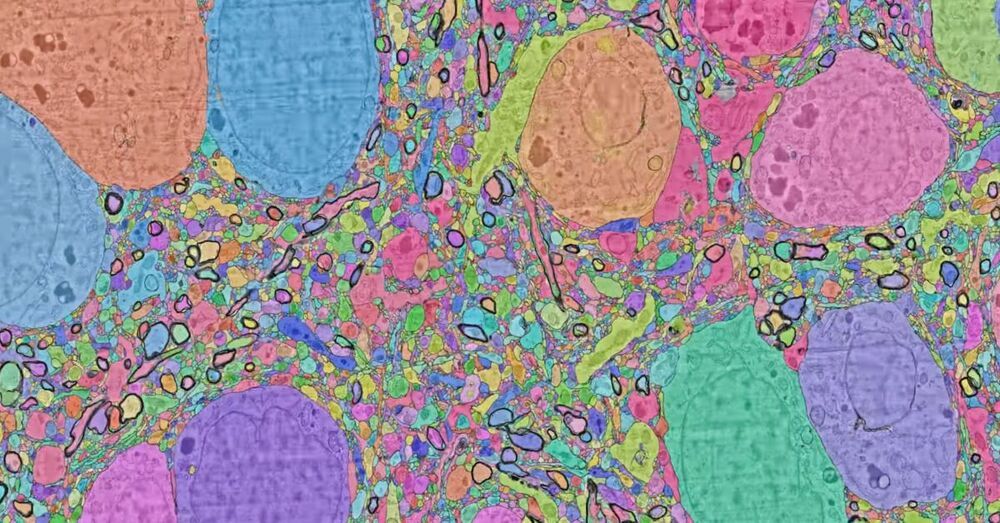😀
This sample tissue was anonymously donated from patients that have undergone surgery to treat epilepsy at the Massachusetts General Hospital in Boston (MGH). It was then given to researchers at Harvard’s Lichtman laboratory.
The Harvard researchers cut the tissue into ~5300 individual 30 nanometer sections using an automated tape collecting ultra-microtome, mounted those sections onto silicon wafers, and then imaged the brain tissue at 4 nm resolution in a customized 61-beam parallelized scanning electron microscope for rapid image acquisition.
The end result was 225 million individual 2D images that Google then computationally stitched and aligned into a 3D volume with thousands of Google Cloud TPUs were leveraged in the process. This human brain map is now accessible through Google’s web-based Neuroglancer visualization tool.
